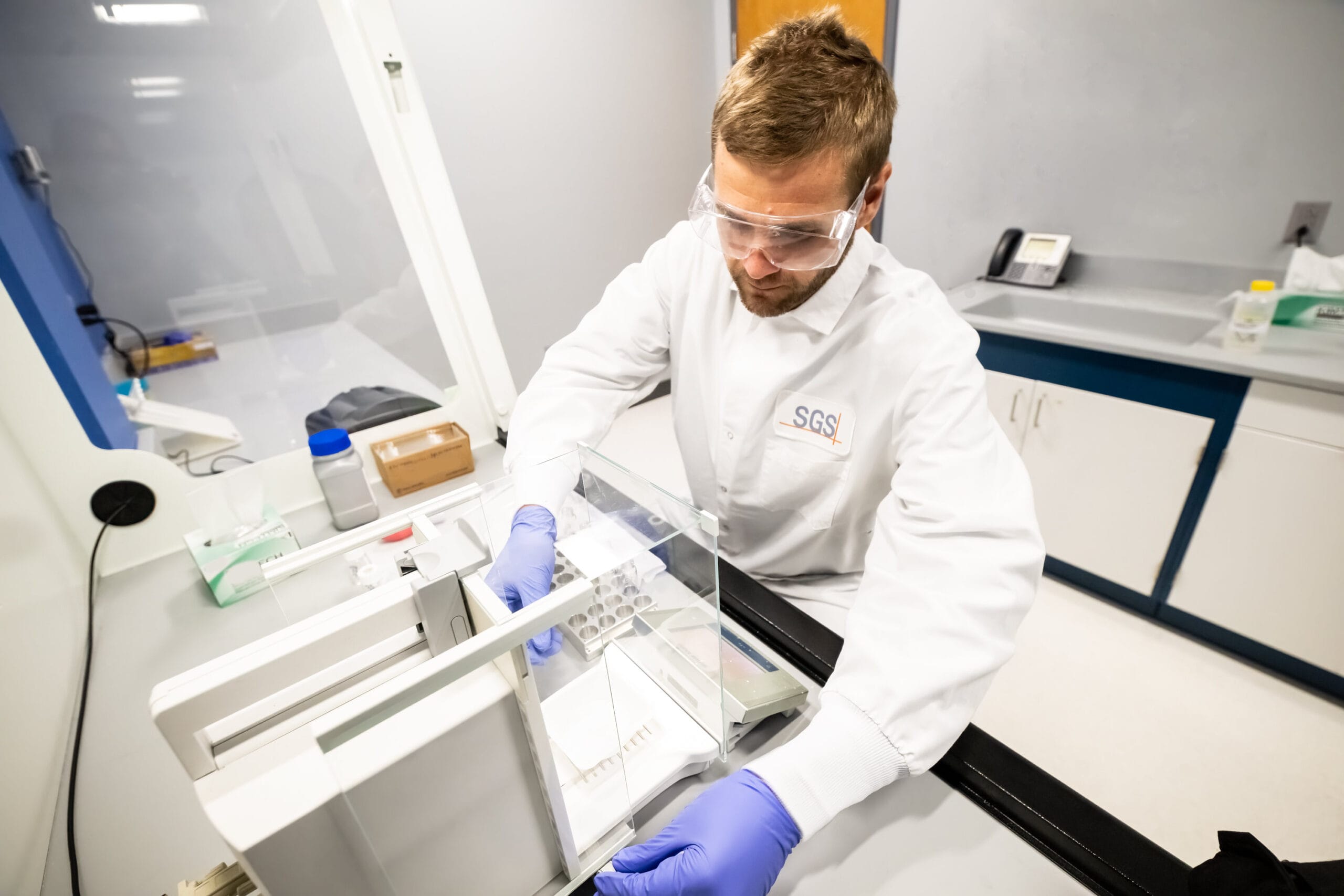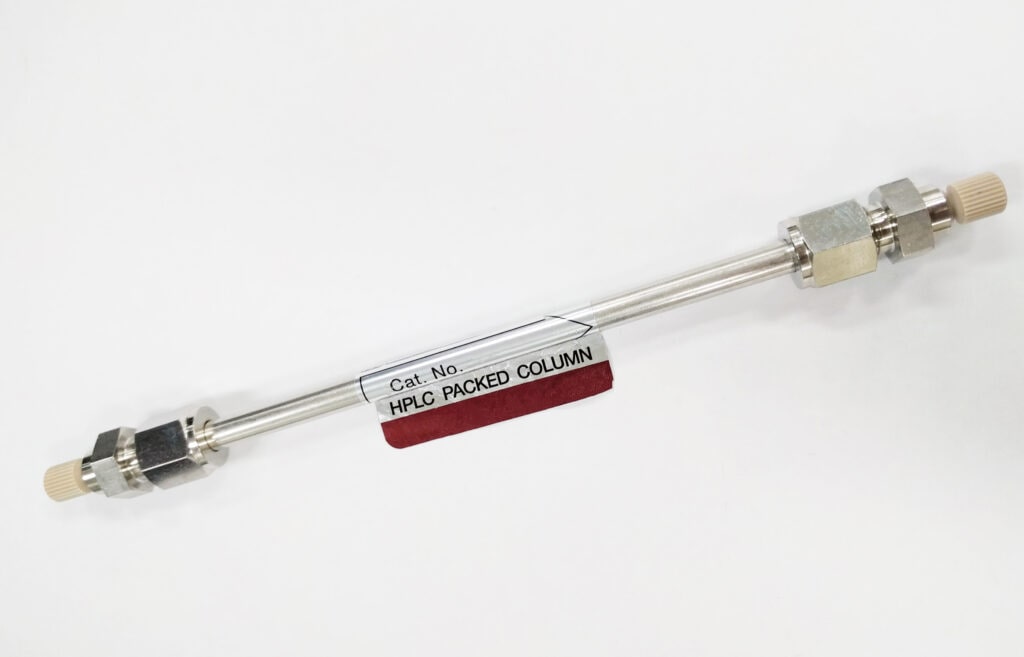
Chromatography
LC-MS is a method for the detection and identification of semi-volatile or non-volatile compounds at low levels, particularly in complex sample matrices.
LC-MS combines liquid chromatographic separations comparable to HPLC methods with high resolution mass spectrometry. A sample is first injected into a chromatography column and individual components are separated according to their physical properties. The separated components are passed through a high voltage ionization source which produces charged ions that are analyzed according to their mass. A mass spectrum, which shows a unique chemical fingerprint for each compound, is the end result.
In LC-MS techniques, it is possible to observe molecular ion peaks corresponding to the molecular mass of compounds in the sample. If an unknown sample is being analyzed, high resolution LC-MS gives very accurate molecular mass data. This allows for a high degree of certainty in identifying unknown compounds. LC-MS is a very sensitive method. Compound levels in the parts-per-billion (ppb) range can be detected and quantified. Many organic compounds such as pharmaceuticals, antioxidants, polymer additives, and pesticides can be detected and definitively identified using the high mass accuracy of this technique.
Approaches
LC-MS is a flexible technique. Different operating modes are used to customize an analysis for a particular sample type. Parameters which can be adjusted include ionization source, ionization polarity, fragmentation, and sensitivity. Electrospray (ESI) is the most common ionization source, and this method is generally used as the first analysis type for a sample, in either the positive ESI or negative ESI mode. APCI (Atmospheric Pressure Chemical Ionization) is also available in both the positive and negative modes. This ionization technique is particularly useful for very hydrophobic compounds such as petroleum products.
When used in MS mode, LC-MS gives little fragmentation of the parent ions. MS/MS mode is also available. In this approach, analytes pass through a collision cell to induce fragmentation which assists in the elucidation of an unknown compound. By piecing together fragment ions, it is possible to discern the molecular structure of the parent compound. MS/MS techniques also increase the sensitivity of LC-MS towards an analyte of interest and have many applications in quantitative analysis.
We also employ a powerful cheminformatics platform to integrate all the data acquired by LC-MS and connect our analysis to external databases to further aid in structure elucidation.

Sample Considerations
A wide variety of sample types can be analyzed by LC-MS for semi-volatile and non-volatile compounds. The method has high sensitivity allowing even small sample quantities (~1 gram) to provide a rich data set for analysis. Many samples matrices are amendable to LC-MS, including aqueous mixtures, polymer formulations, and biological matrices. Some initial clean-up and extraction might be necessary for more complex samples. Analytes of interest can be soluble in water or organic solvents. In general, metals and many metal-organic hybrids cannot be successfully analyzed using LC-MS.
Experience
Work we have done:
- Household products
- Latex formulations
- Urethane acrylates
- Epoxy resins
